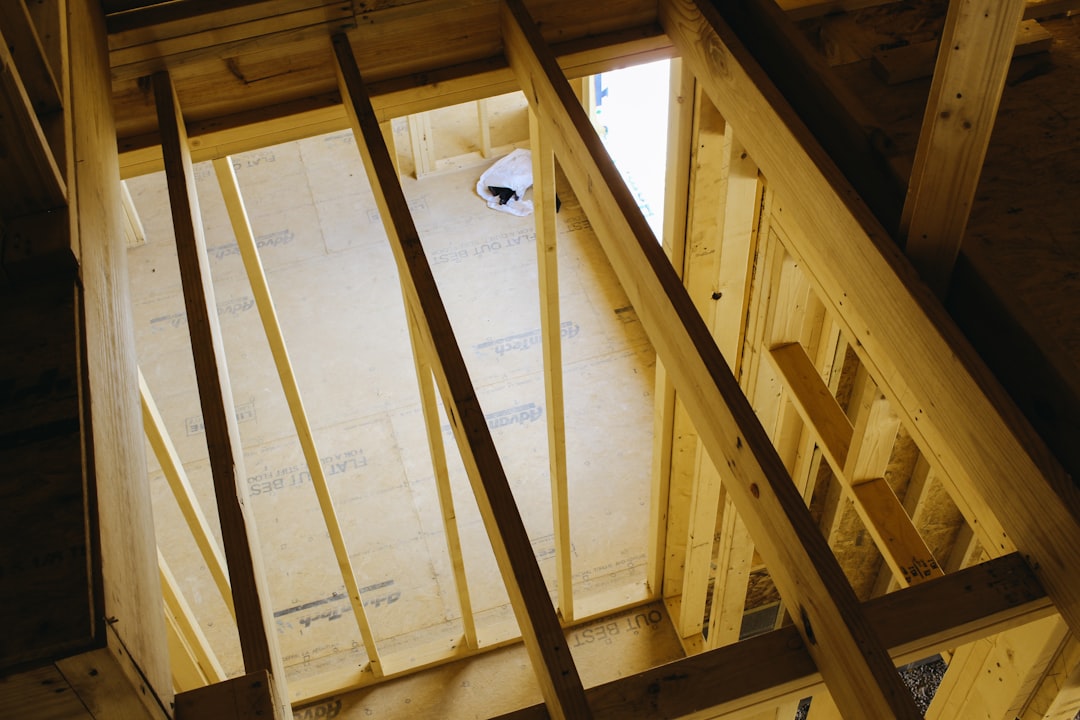
In New York City, where space is at a premium, attics offer significant potential for value addition. Whether you're working on Brooklyn brownstones or Staten Island townhouses, skilled tradespeople can enhance property value through strategic attic renovations. Key considerations include improving insulation, optimizing storage, and executing full conversions. With current costs ranging from $4-$6 per sq ft for simple insulation retrofits to $175-$325 per sq ft for complete conversions with bathrooms, staying informed on real-time pricing is crucial. Utilize AI-driven estimates and live material pricing to navigate NYC's unique challenges effectively.
The 2020 NYC Energy Conservation Code mandates higher insulation standards. Non-compliance can cause approval delays. Utilize AI tools to identify specific code requirements, ensuring that materials and designs meet updated standards, which reduces guesswork and minimizes change orders.
1. Access Logistics: Crane lifts or manual hoists that affect labor costs.
2. Structural Upgrades: Necessary joist or beam enhancements for new loads.
3. Mechanical Changes: Relocating systems like sprinklers or electrical risers.
4. Finish Level: Material choices like spray foam versus batt insulation.
5. Permits & Inspections: NYC fees can account for 8-12% of budgets.
| Project Type | Estimated Cost (per sq ft) |
|---|---|
| Simple insulation retrofit | $4–$6 |
| Storage build-out | $45–$70 |
| Complete conversion with bathroom | $175–$325 |
By using real-time pricing, these estimates stay current, allowing swift adaptation to market changes.
Generate detailed, itemized estimates rapidly by capturing project specifics on-site.
Upload PDFs and use AI tools to automate material calculations, significantly cutting down bid preparation time.
Connect tasks to labor rates, fine-tuning schedules for optimal budgeting.
A renovation in Park Slope included insulation and structural upgrades, accomplished with competitive costs. Utilization of real-time AI tools led to savings and rapid approval.
Transform your attic space into valuable real estate. Visit CountBricks.com to get an estimate or schedule a demo to see how technological innovations can enhance project efficiency and profits.

Choosing the proper materials distinguishes a temporary solution from a valuable investment. CountBricks ensures selections remain economical and compliant by constantly updating material specifications and market pricing.
Adapt to New York's climate with:
Once specifications are finalized, order instantly with CountBricks:
A Queens attic retrofit with comprehensive insulation and HVAC upgrades reduced energy expenses by nearly 30%. CountBricks facilitated savings and streamlined the approval process.
Contact us for rapid estimates or a full-service plan at CountBricks.com.